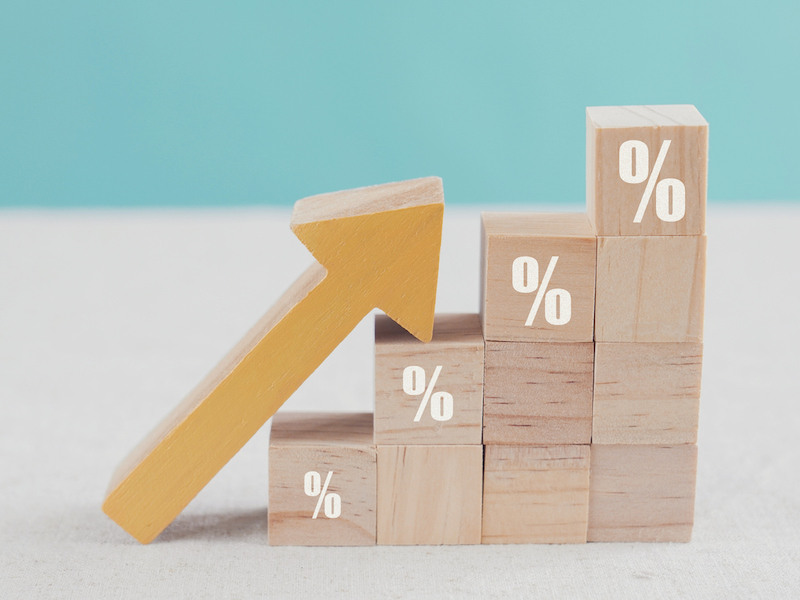
The Bank of Canada signalled it is drawing closer to the end of what’s been one of the fastest rate hike cycles in its history Wednesday as it raised its key interest rate by a half-percentage point — but made it clear that more rate hikes are coming as inflation stays hot.
Though less than what some economists expected, the increase is still more than the typical quarter-point raise and Bank of Canada governor Tiff Macklem wouldn’t rule out the possibility of additional large hikes to come.
“We are getting closer to the end of this tightening phase but we’re not there yet,” he said during a news conference.
Since March, the central bank has raised its key interest rate six consecutive times, bringing it from 0.25% to 3.75%.
Macklem said the central bank will be paying attention to how the economy continues to evolve in response to rising rates. In its latest economic projections, also released Wednesday, the Bank of Canada downgraded its growth forecast.
It expects economic growth to stall by the end of this year and the first two quarters of 2023, with growth somewhere between 0% and 0.5%, before gaining ground in the back half of next year.
“Two, three quarters of slightly negative growth is just as likely as two, three quarters of positive growth. That’s not a severe contraction but it is a significant slowing of the economy,” Macklem said.
Tu Nguyen, an economist with RSM Canada, said the bank’s decision to hike by half of a percentage point is “surprising” and “risky” given the U.S. Federal Reserve is expected to raise rates by three-quarters of a percentage point next week.
“That could be risky in the sense that it could weaken the Canadian dollar even more than it is right now,” Nguyen said. “That could fuel inflation even further, because it makes anything that is imported from the U.S. to Canada more expensive.”
BMO chief economist Douglas Porter said he still expects the Bank of Canada to take its key interest rate above 4%. However, he said he now expects the central bank to opt for two smaller rate hikes of a quarter percentage each.
“I would lean towards a pair of quarter-point hikes, and then the bank pausing to see how the economy handles that,” Porter said.
In its latest monetary policy report, the bank notes that although inflation in Canada has eased in recent months, prices for food and services continue to rise rapidly.
Canada’s annual inflation rate dropped slightly in September to 6.9% but the cost of groceries continues to climb. According to Statistics Canada, the cost of groceries has been rising at the fastest pace since 1981, with prices up 11.4% in September compared with a year ago.
The Bank of Canada says it expects inflation to slow to 3% by the end of 2023 before getting back to its 2% target by the end of 2024.
The Bank of Canada maintains the Canadian economy continues to operate with significant excess demand while businesses face widespread labour shortages.
The bank’s rate hikes aim to slow demand in the economy by raising the cost of borrowing for Canadians and businesses and thereby lower inflation.
As fears of an impending recession grow, the central bank lowered its forecast for growth both domestically and globally.
Its longer-run forecast suggest the Canadian economy will grow by just under 1% in 2023, then by 2% in 2024.
The bank said that while it previously considered the negative effects of supply chain disruptions and the labour market mismatch to be temporary, it now assumes them to be permanent. That change will weigh on economic growth, though higher immigration will partially offset their effects, the bank said.
Global growth is expected to decline from 3.25% in 2022 to about 1.5% in 2023, marking the slowest rate of global growth since 1982, excluding the Covid-19 pandemic and the 2008-09 global financial crisis. It’s then expected to rebound to about 2.5% in 2024.